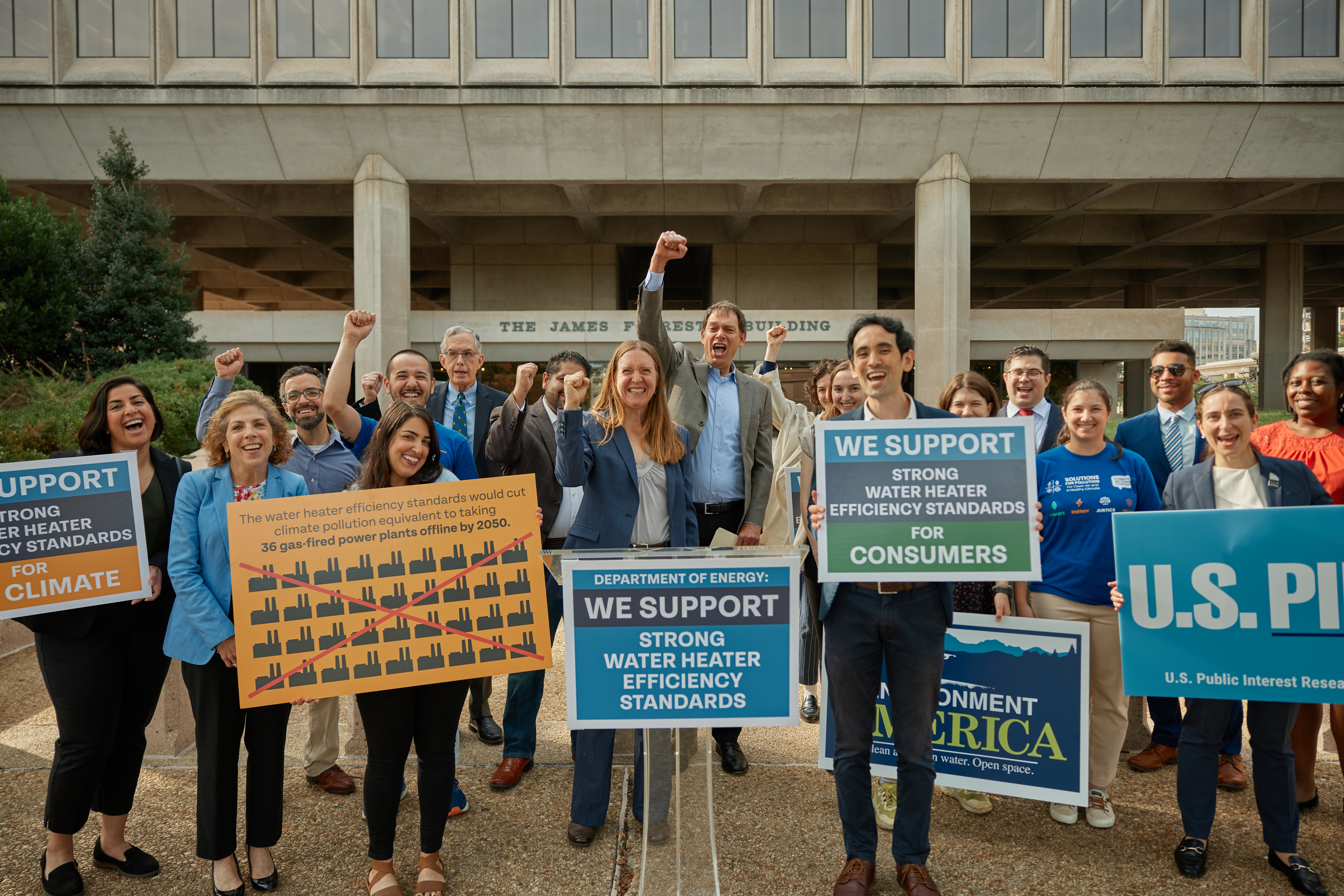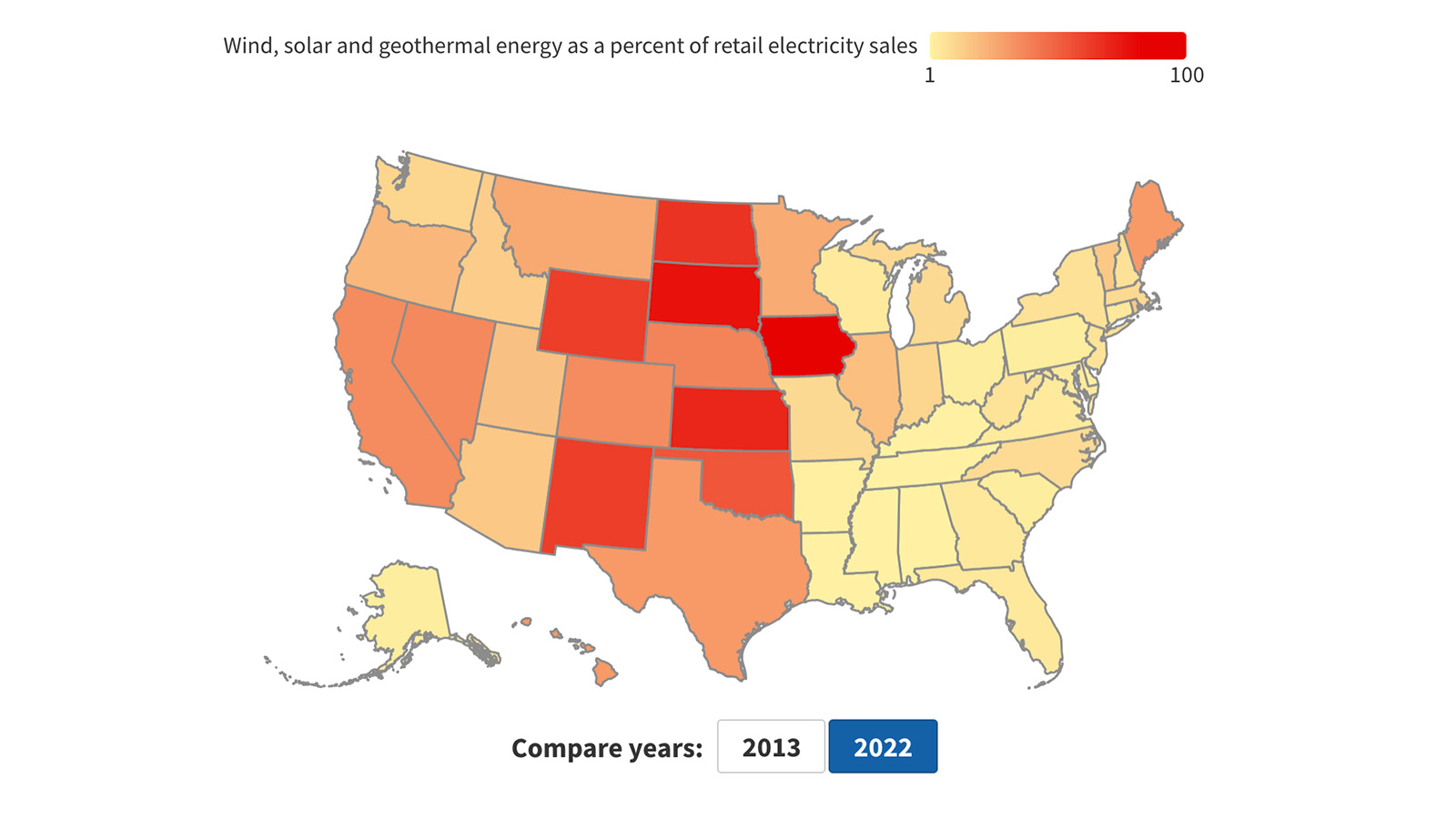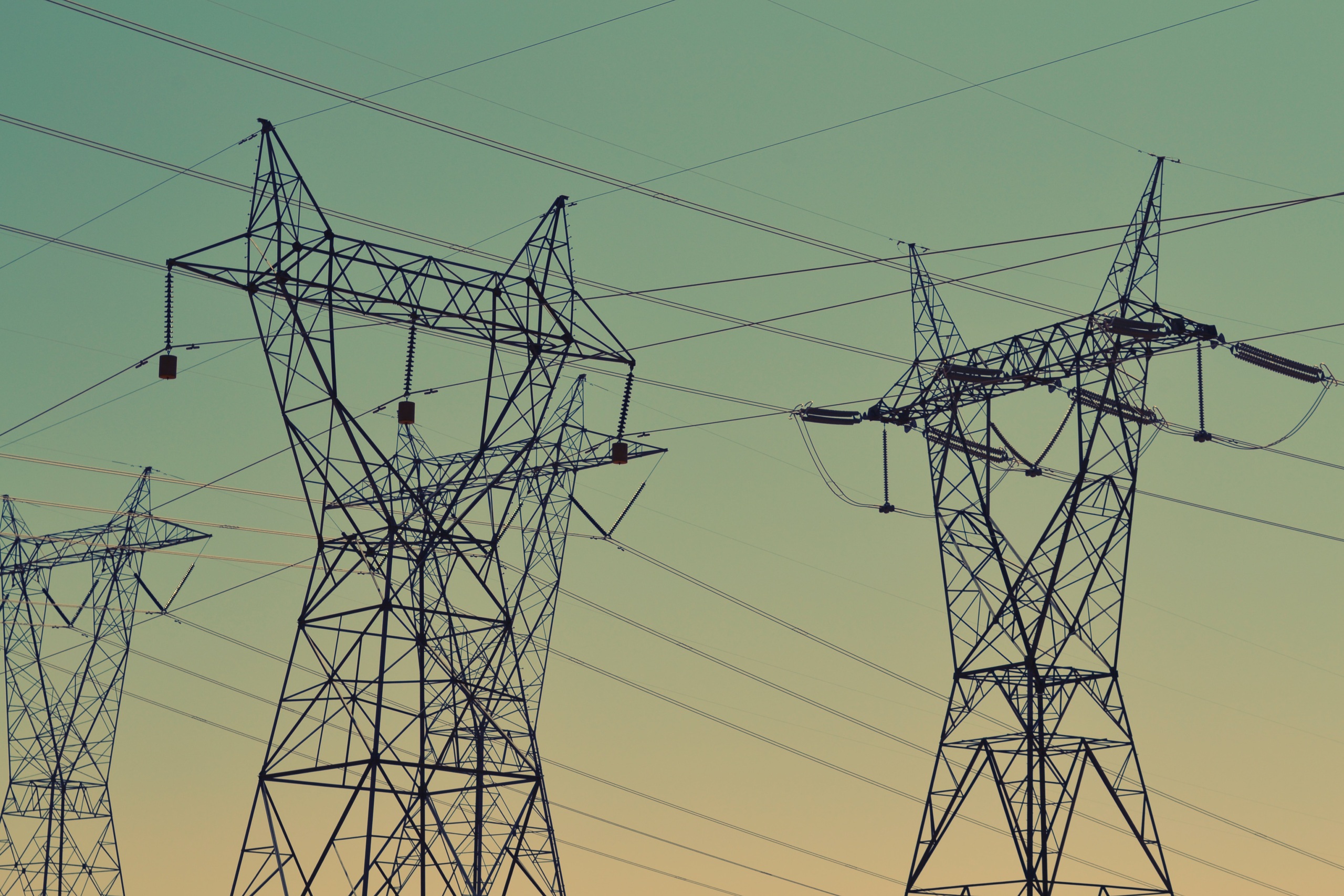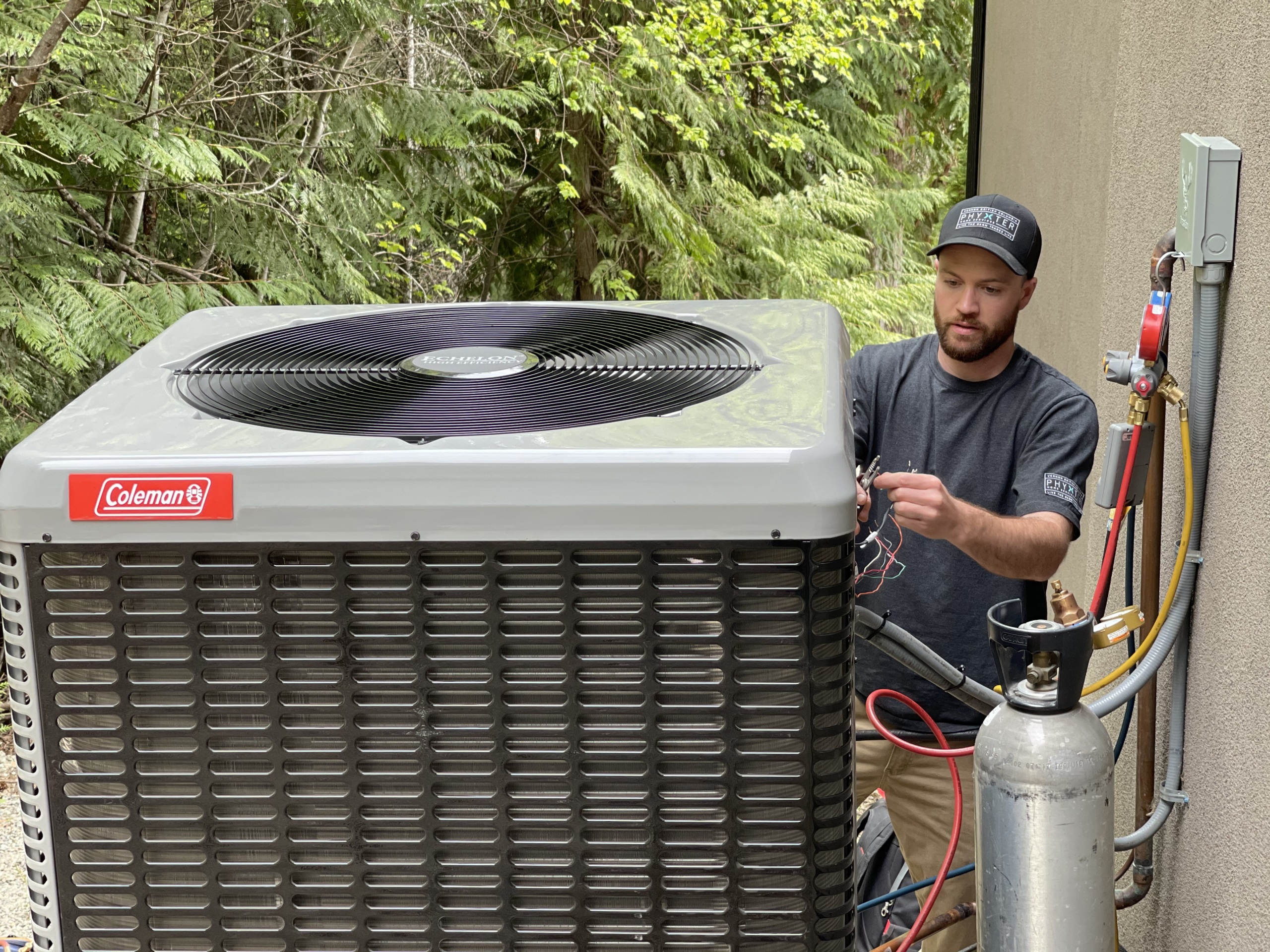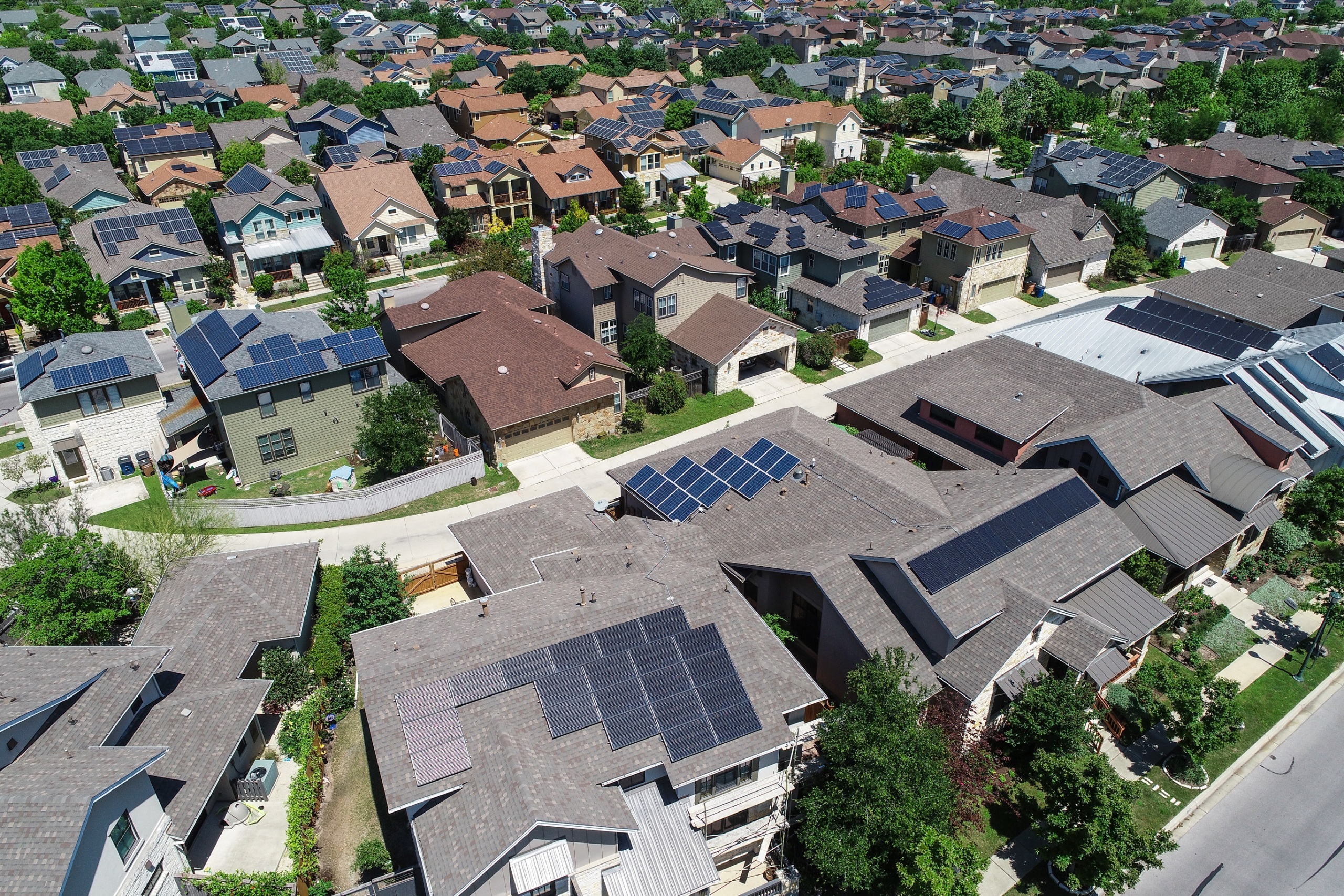
Governor: We want to power our homes with 100% clean energy!
Heat
Hot Water
Refrigerators and Freezers
Where are the most common locations for drafts?
How do I find drafts?
You can purchase a draft detector from a hardware store or use more make-do methods. A common strategy is to put incense or a lit candle near potential drafts– the smoke or flicker will indicate whether there is air flow. Obviously, be careful when carrying flames around your home. At night you can use a flashlight on either side of a potential leak- if light makes it through, drafts will as well.
How do I seal leaks?
There are plenty of videos demoing how to use these tools online. Make sure to read all safety warnings and instructions before beginning. Spray foam is probably the trickiest, so it’s worth reviewing a few videos before beginning to ensure you get a good result the first time.
Safety
Airflow isn’t all bad, and there are a few things to be cautious about when you tighten up your home.
Windows
Pipes
Faucets
Lights
Installing LED light bulbs will reduce your electricity use. This is especially important for nightlights and exterior security lights that stay on for long periods of time.
Habits take time to develop, so pick a couple to work on, get them down, then you can start adding more.
Heat your body, not your house
Laundry
Keep your heating system clean
The Kitchen
Stop the vampires
10-20% of people’s electrical bill comes from devices pulling energy when people aren’t using them.
Remember: The cheapest and lowest carbon fuel is the fuel you never have to use!Colleen Fisk
Energy Education Director, Renewable Energy Alaska Project
State Director, Alaska Environment Research & Policy Center
Dyani runs campaigns to promote clean air, clean water, and open spaces in Alaska. She lives in Anchorage and loves to hike, ski and cook yummy food.

